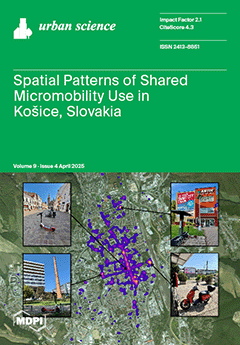This study aimed to assess the pollution levels, sources, ecological risk, and human health risks of metal(loid)s in water, sediment, and muscle tissue of
Prochilodus lineatus and
Pimelodus maculatus from rivers in the state of Mato Grosso do Sul, Brazil. The metal(loid)s content
[...] Read more.
This study aimed to assess the pollution levels, sources, ecological risk, and human health risks of metal(loid)s in water, sediment, and muscle tissue of
Prochilodus lineatus and
Pimelodus maculatus from rivers in the state of Mato Grosso do Sul, Brazil. The metal(loid)s content in river sediment, water, and fish tissue were determined by inductively coupled plasma optical emission spectrometry. Sediment pollution assessment was carried out by geo-accumulation index, contamination factor, enrichment factor, and pollution load index. There were significant differences in concentration values for Al, As, Cd, Co, Cr, Cu, Mo, Ni, Pb, and Hg. There was greater tendency for the elements Cu, Ni, Cu, N, Co, As, Hg, Al, and Co in the waters of the Anhanduí River in 2020 and Cr and Pb in 2021. The concentrations of As, Cd, Co, Cr, and Hg in the waters of the Anhanduí River are above the permitted limit values for heavy metal ions in drinking water established by the WHO. The concentrations of heavy metals in the sediments of rivers are above the limit set by Conama/Brazil and other countries. The sediments were very highly contaminated by Cd and Mo, and with moderate contamination of Pb. All sediments of rivers showed a decline in site quality, which indicates that it is polluted. Sediments were classified with severe enrichment by Cd and Mo. The content of Al was the highest in
P. lineatus and
P. maculatus in relation to other elements analyzed. There was also the presence of elements such as Cr, Cu, Cd, Hg, Ni, As, Pb, Mo, and Co in the tissues of the fish species. Therefore, the contamination of these rivers is a concern due to human consumption of fish, since there is a carcinogenic risk related mainly to As and Cd.
Full article





